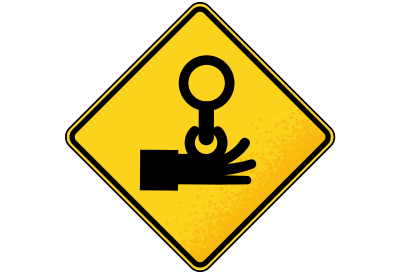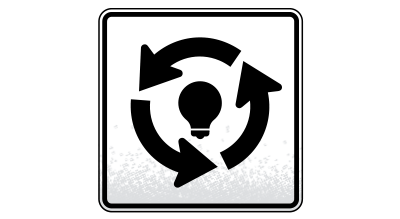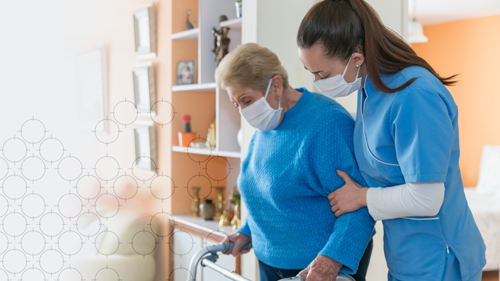New LTCF infection preventionists: Start with a good roadmap
Learn six key milestones to help you prevent nursing home infections

Ready? You’re in the driver’s seat. Chart your course with six recognized strategies1 to help you improve safety at your facility.
1
Engage internal and external partners
Everyone’s accountable for infection prevention. That’s why it’s important to get know leaders in nursing, environmental services, medical, laboratory, pharmacy and administration.
Need training and education? Partner with APIC, the CDC and other experts to help you get up to speed.

- Collaborate on consistent practices that lead to better outcomes
- Discover a strategy to cover the full perimeter of risk and stop the spread of germs
2
Identify risks and strengths
You need to know where things stand before moving forward. Once you’ve determined potential infection risks, gaps, strengths and opportunities for improvement, you’ll be well positioned to develop an action plan.
The best way to do it? Complete the CDC’s IPC assessment. And look to public health partners for insights on population health.

- Watch out for gaps with a brief survey to discover your facility’s infection risk level
- Avoid F880 citations to keep everyone safe and avoid penalties
3
Develop an action plan
Now that you have your assessment data, you’re ready to make the most of strengths and create a strategy for areas of improvement.
What’s in the plan? Include goals, actions and performance measures. In addition, you’ll want to review infection risks to prioritize focus areas.

- Include proper use of PPE: gowns, gloves, masks and enhanced barrier precautions
- Incorporate effective EVS protocols
4
Communicate expectations and empower staff
Everyone needs to be on the same page to make policies, protocols and processes work. Educate and train staff so they feel confident in their daily activities. It’s helpful to reinforce what’s being done right and immediately correct what needs improvement.
Anyone else? Remember to keep residents and visitors informed so they understand and follow safety measures.

- Make sure to address hand hygiene for staff as well as residents and visitors.
- Train frontline EVS staff and emphasize the importance of their role
5
Conduct surveillance and provide feedback
You can’t manage what you don’t measure. Implementing an observation process helps you detect, respond to, report and document infectious diseases, potentially infectious syndromes and IPC practices.
What about outside the facility? Engage in state and national surveillance reporting to stay informed of potential community risks.
6
Brainstorm and pilot change ideas
Take a look at what’s going well and what could be working better. When you adopt a culture of continuous improvement and learning, you can make the most of lessons learned.
To gain buy-in? Make sure staff understand why changes are being made, what the changes entail and how they and the residents will benefit.
Key takeaway
New infection preventionists in long-term care settings need to know where to start so they can develop effective infection prevention and control programs at their facilities. By following a roadmap with six key milestones, they’ll be on their way to creating a culture of safety.
Reference:
- National Association of County and City Health Officials. (2022, May 16). Long-Term Care Infection Prevention & Control Toolkit. Toolkit_5.16.2022_to-NACCHO-1.pdf







